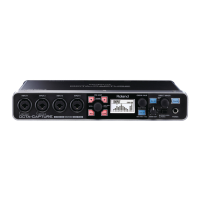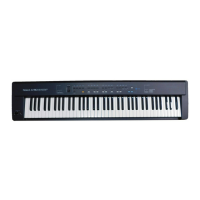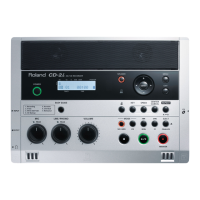Why does the “Found New Hardware Wizard” appear even though I’ve installed the Roland Recording Equipment driver (Windows XP)?
- JJamie BurkeSep 12, 2025
If the “Found New Hardware Wizard” appears even though you’ve installed the Roland OCTA-CAPTURE driver (Windows XP), it might be because you connected the OCTA-CAPTURE to a different USB connector than the one you used when installing the driver. In this case, install the driver again.













